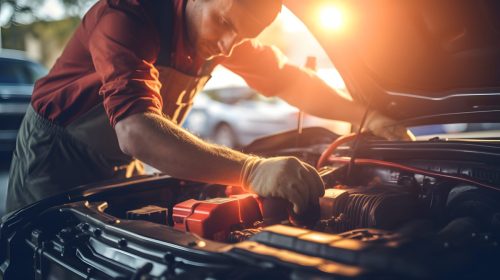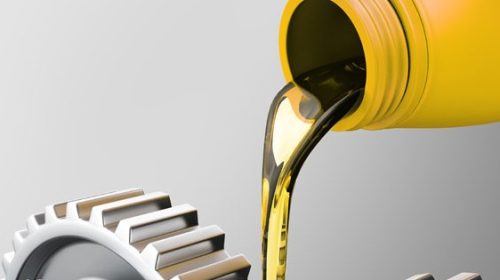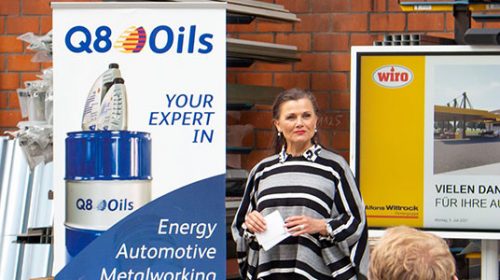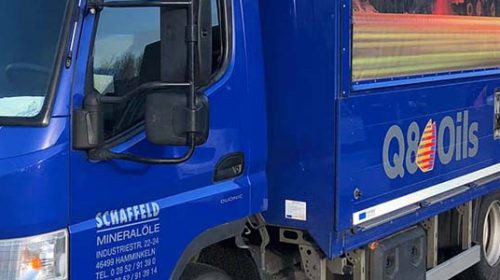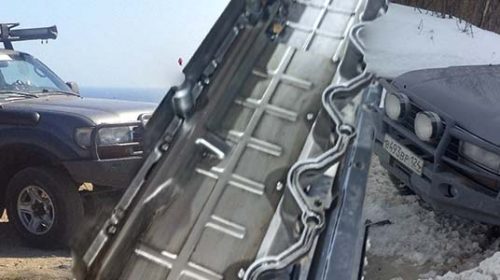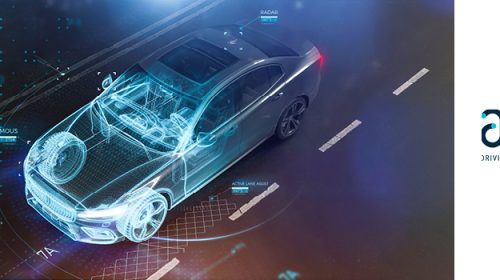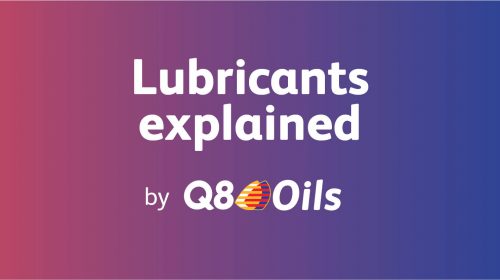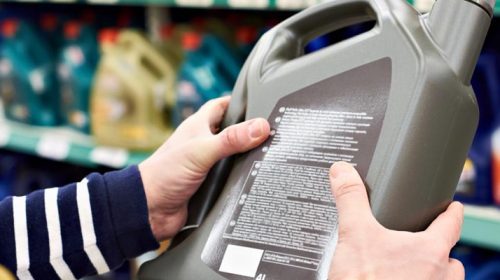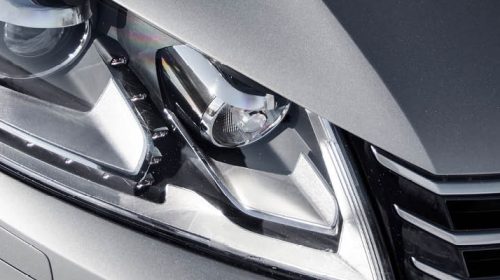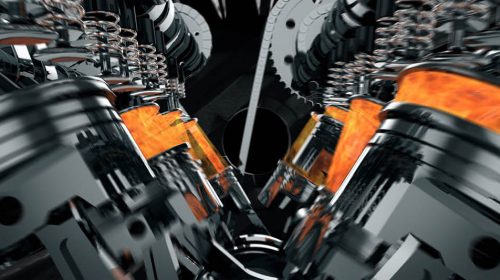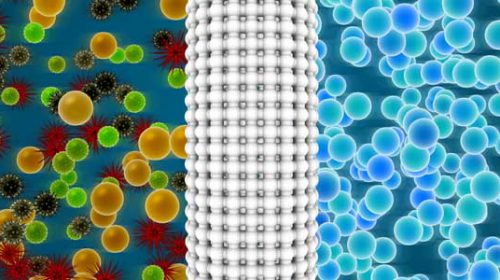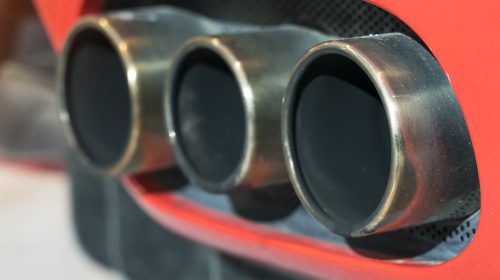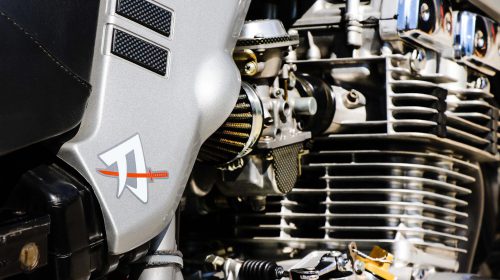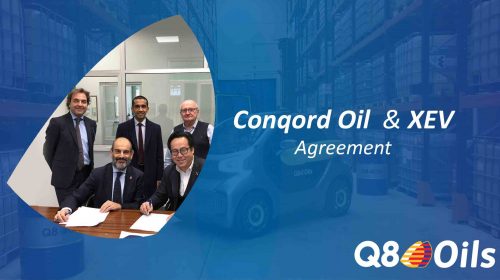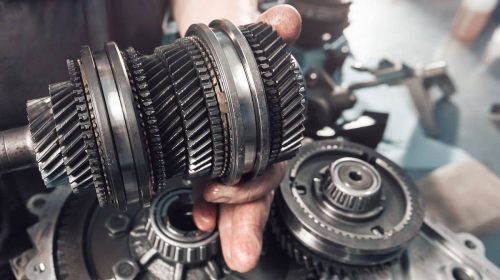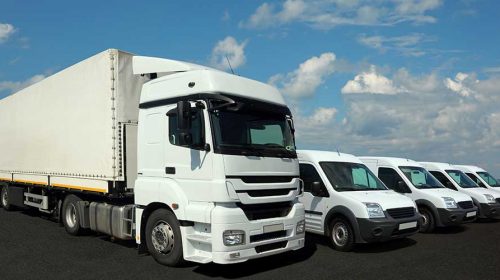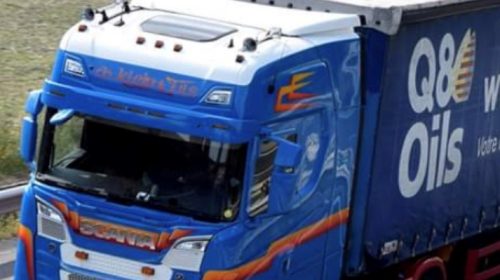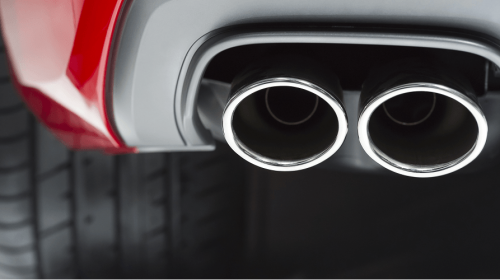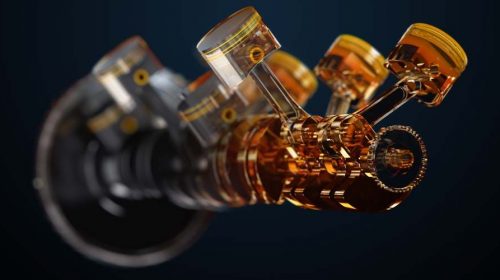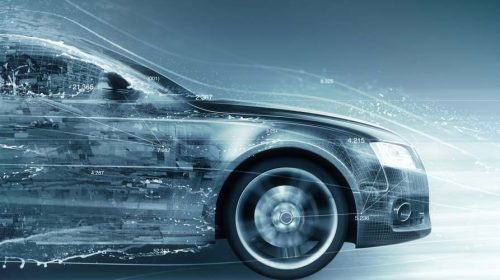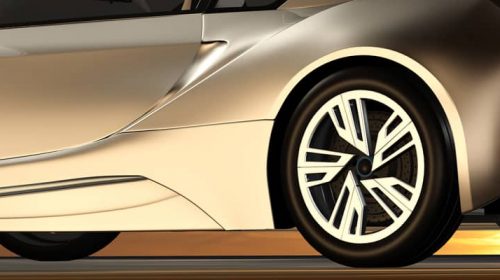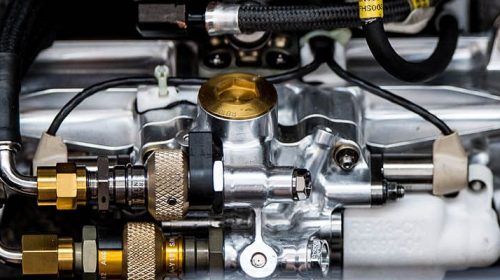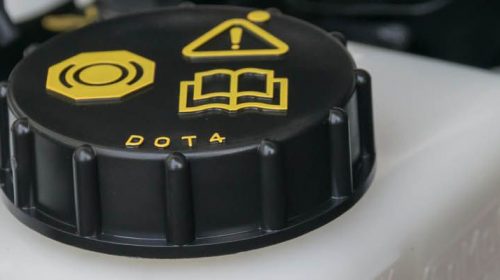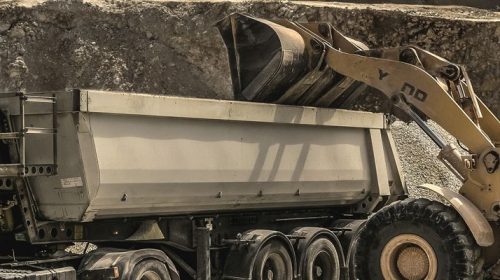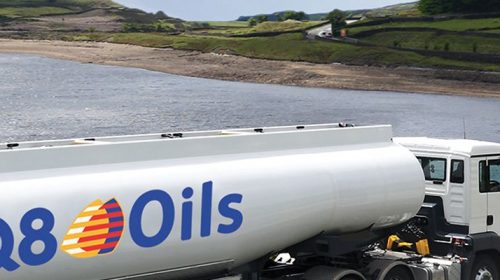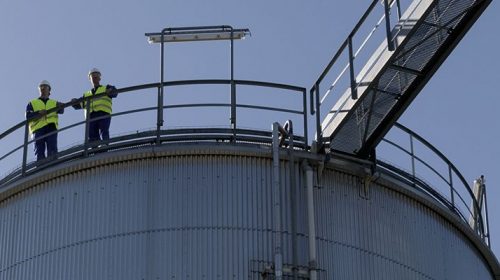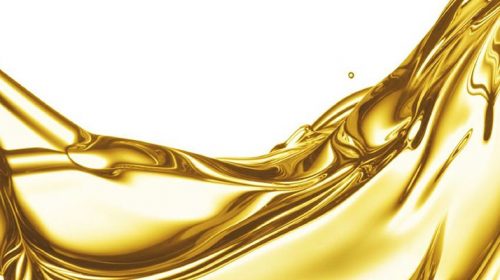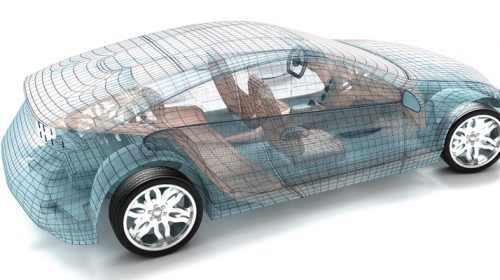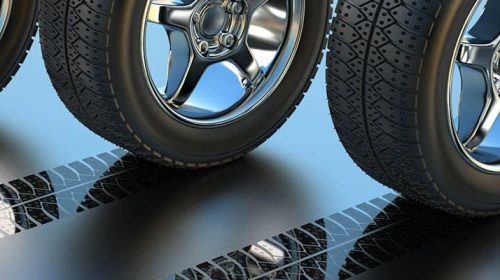Emission regulations are an hot item for the automotive industry. To meet the latest Euro VI regulations, truck manufacturers integrate an after treatment device (ATD) in the engine to limit the exhaust of undesired pollutants.
As a truck driver you quickly become acquainted with emissions regulations. The latest European Euro VI emission regulation requires heavy duty trucks to meet specific emission standards. The regulation applies to all motor vehicles with a technically permissible maximum laden mass over 3.500 kg, equipped with compression ignition engines or positive ignition natural gas (NG) or LPG engines. The Euro VI regulation, introduced as Directive 88/77/EEC, stipulates maximum levels for the emission of CO, HC, NOx and PM (see table).
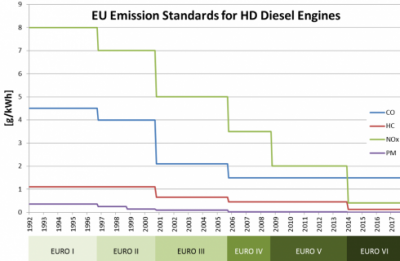
How diesel truck engines meet the VI regulations
To meet the Euro VI emission regulation, diesel truck manufacturers integrate after treatment devices (ATD) in their engines. These devices, that replace traditional mufflers, allow trucks to run more efficiently while limiting the exhaust of gaseous pollutants. An after treatment device can consist of several systems:
- Diesel Oxidation Catalyst (DOC): Breaks down pollutants in the exhaust stream, turning them into less harmful compounds. When combined with a closed crankcase ventilation system (CCV), DOCs can reduce particulate matter by up to 40%.
- Selective Catalytic Reduction system (SCR): An after-treatment process in which urea is injected into the exhaust stream to chemically react with nitrous oxide to create harmless substances. SCR systems reduce up to 90% of nitrous oxides.
- Exhaust Gas Recirculation (EGR): Reduces nitrous oxide when starting a cold engine and re-circulates part of the exhaust gas stream to reduce engine-out nitrous oxide emissions. Used in combination with SCR systems to meet the strictest nitrous oxide reduction criteria.
- Diesel Particulate Filter (DPF): Removes particulate matter from diesel engine exhaust. Reducing particulate matter up to 90% or more.
- Closed Crankcase Ventilation Systems (CCV): Assist in elevating the level of exhaust emission reduction by eliminating crankcase emissions. CCV eliminates up to 100% of crankcase emissions.
How does an after treatment device work?
An ATD uses regeneration to burn off collected particulate matter. For a successful regeneration the exhaust must be kept at high temperatures for a long time. If the temperatures are not high enough, you risk particulates to jam the diesel particulate filter. This phenomenon is also known as diesel particulate filter plugging.
Diesel engines produce nitrous oxide, a toxic air pollutant which forms a serious health risk for truck drivers. A selective catalytic reduction system is added to an after treatment device to reduce nitrous oxide levels. A SCR treats the diesel engine exhaust with ammonia, causing a chemical reaction that transforms nitrous oxide into harmless substances such as nitrogen and water vapour. The ammonia is generated by the truck using urea (AdBlue consists of 32,5 % ureao and 67,5 % deionized water).

The truck diesel engine oils of Q8Oils help to meet emission regulations
Q8Oils’ truck diesel engine oils provide outstanding flow properties ensuring lubrication of critical engine parts, even under the toughest conditions. But they do not only protect your engine, they are specifically designed to meet the latest emission standards and beyond.









